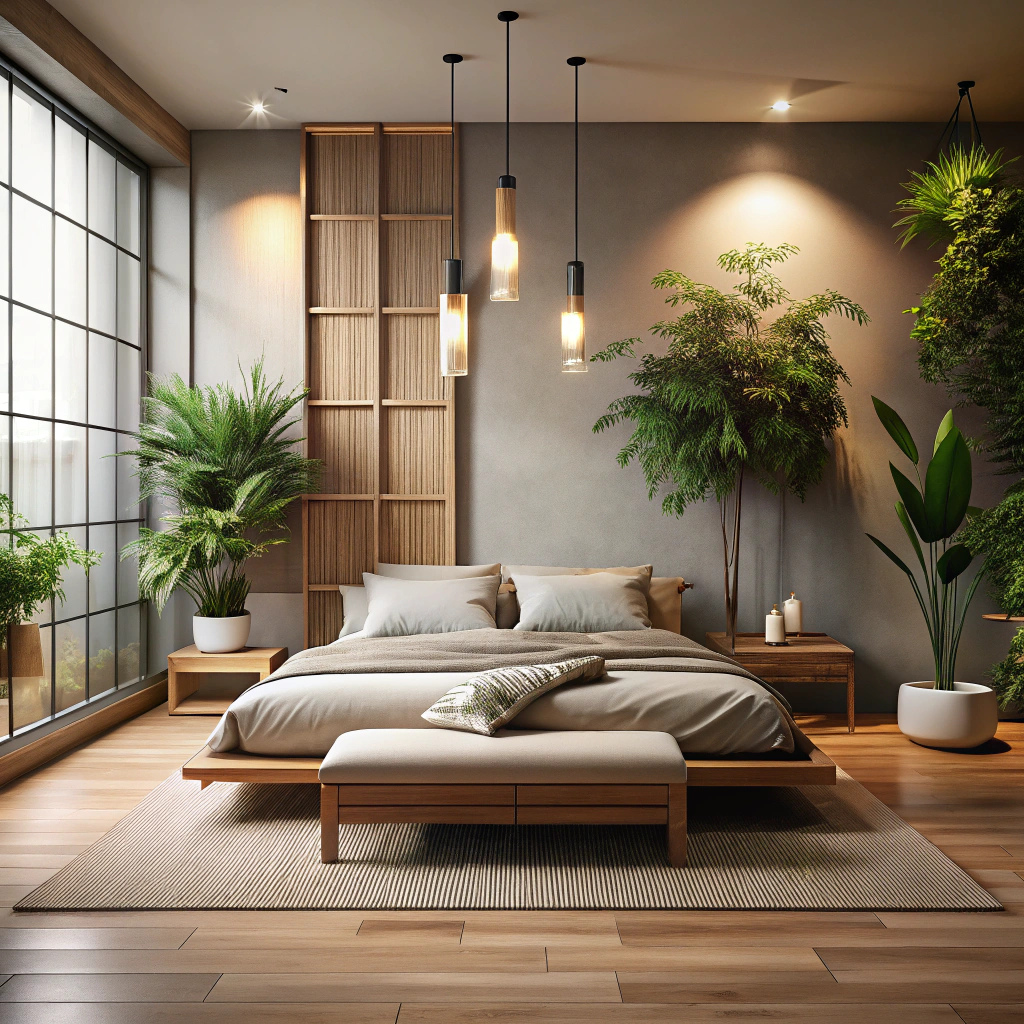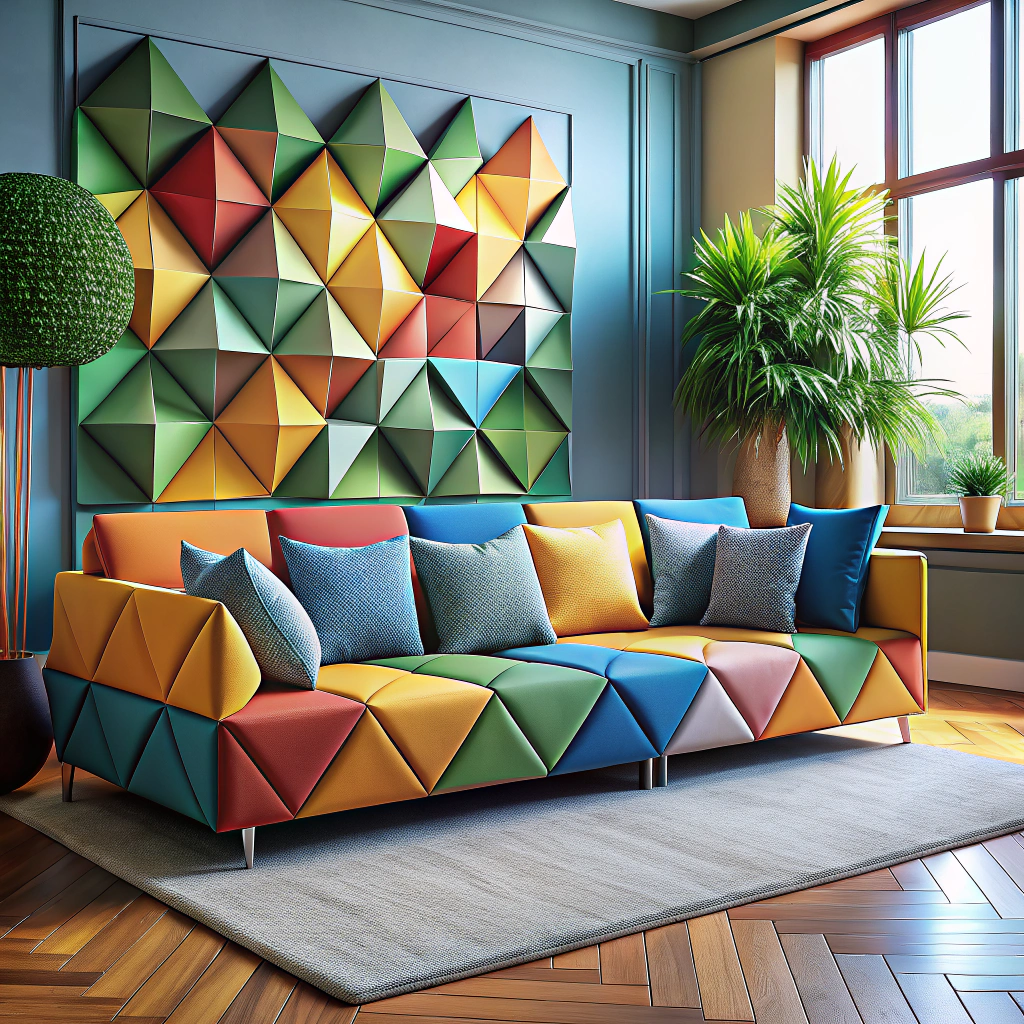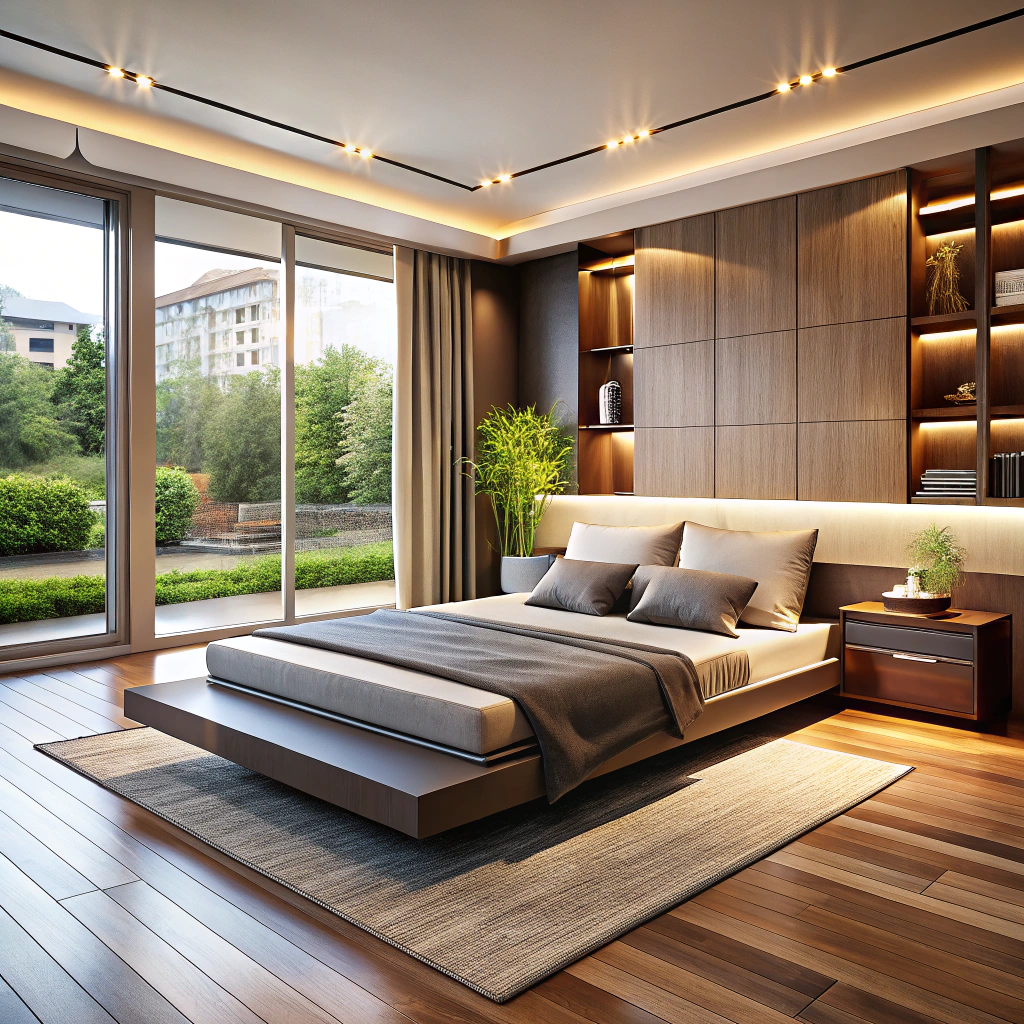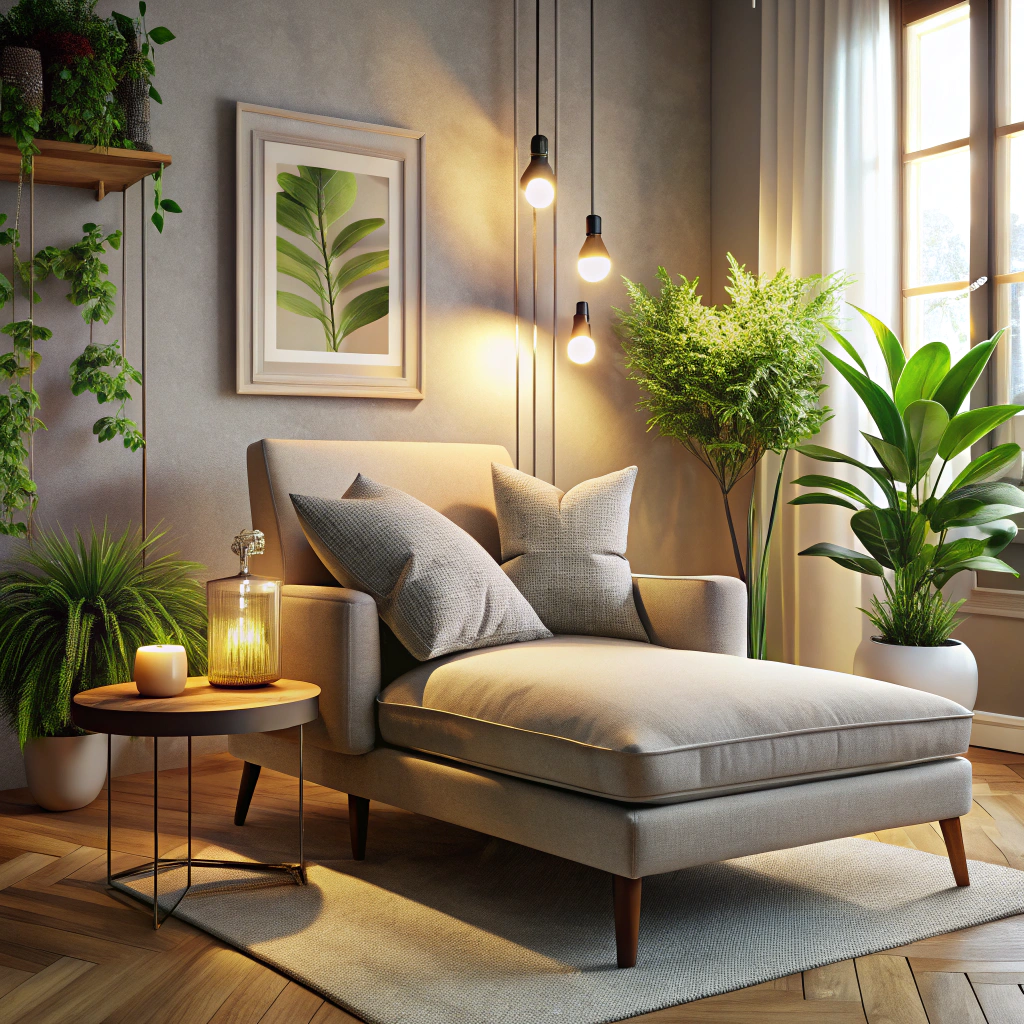Last updated on
Discover the ins and outs of placing a couch in front of a radiator without sacrificing comfort or efficiency in your home.
As the temperatures drop, we all want to stay cozy and warm in our homes. But what do you do if your living room has a radiator that takes up valuable space? Can you still have that comfortable couch you’ve been eyeing for months? It’s a common dilemma, but don’t worry! In this article, we’ll explore whether or not it’s safe and practical to put a couch in front of a radiator.
So grab a cup of hot cocoa and let’s get started!
Table of Contents
Can You Put a Couch in Front of a Radiator: Factors to Consider
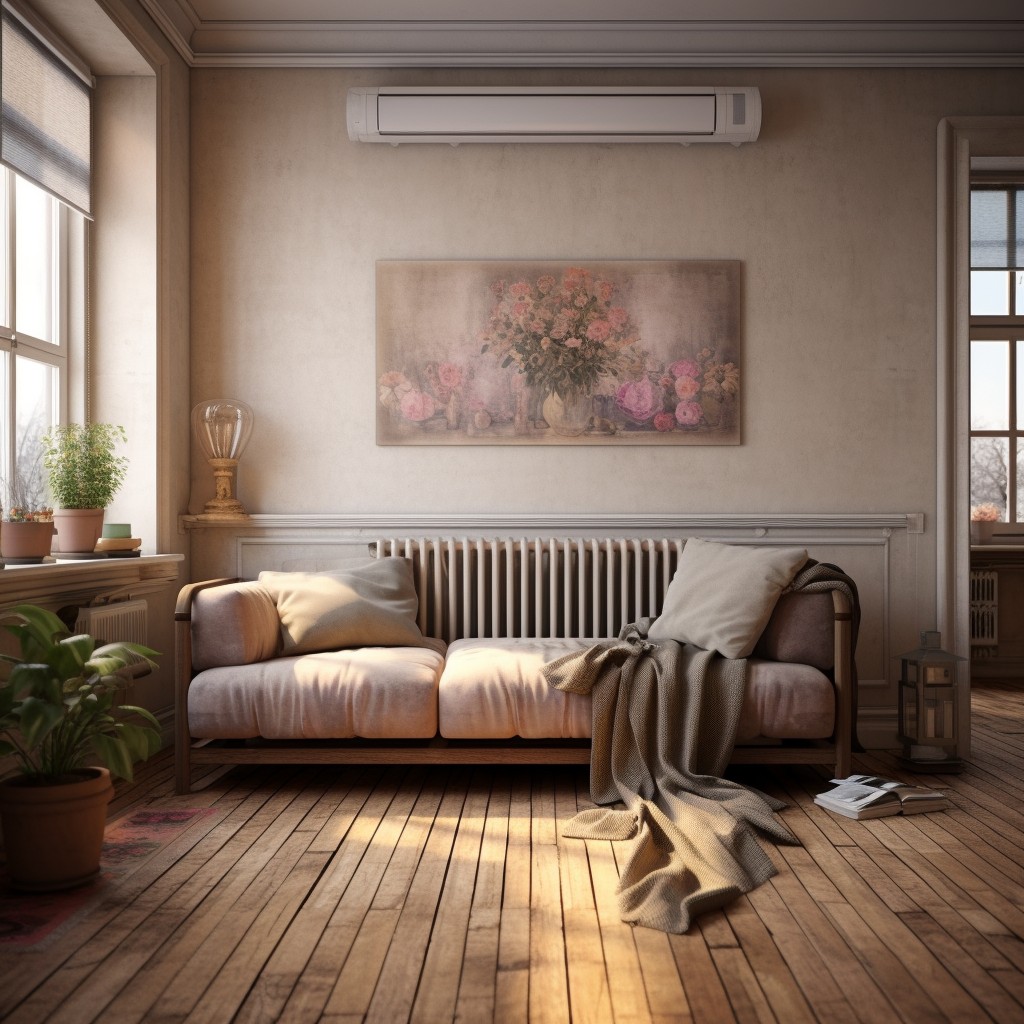
Before you decide to place your couch in front of a radiator, there are several factors to consider. First and foremost, the type and size of your radiator will play a significant role in determining whether or not it’s safe to put furniture near it.
If you have an older-style cast iron radiator that gets extremely hot, placing any furniture too close could be dangerous. On the other hand, if you have a modern panel or convector heater with lower surface temperatures and better heat distribution capabilities, then placing a couch nearby may be more feasible.
Another important consideration is the material of your couch. Leather sofas can withstand higher temperatures than fabric ones but may dry out over time if exposed to direct heat for extended periods.
Similarly, synthetic materials like polyester can melt when exposed to high levels of heat.
It’s also essential to think about how blocking airflow from the radiator might impact its efficiency and output as well as room temperature distribution throughout space.
Radiator Types & Sizes

Radiators come in different shapes and sizes, from traditional cast iron radiators to modern panel radiators. The size of your radiator will also affect how much heat it produces and how far its reach is.
If you have an older home with cast iron radiators, they tend to be larger than newer models but produce less heat per square foot. On the other hand, modern panel radiators are more efficient at producing heat but may not provide as much warmth if they’re too small for the room.
Couch Material Considerations
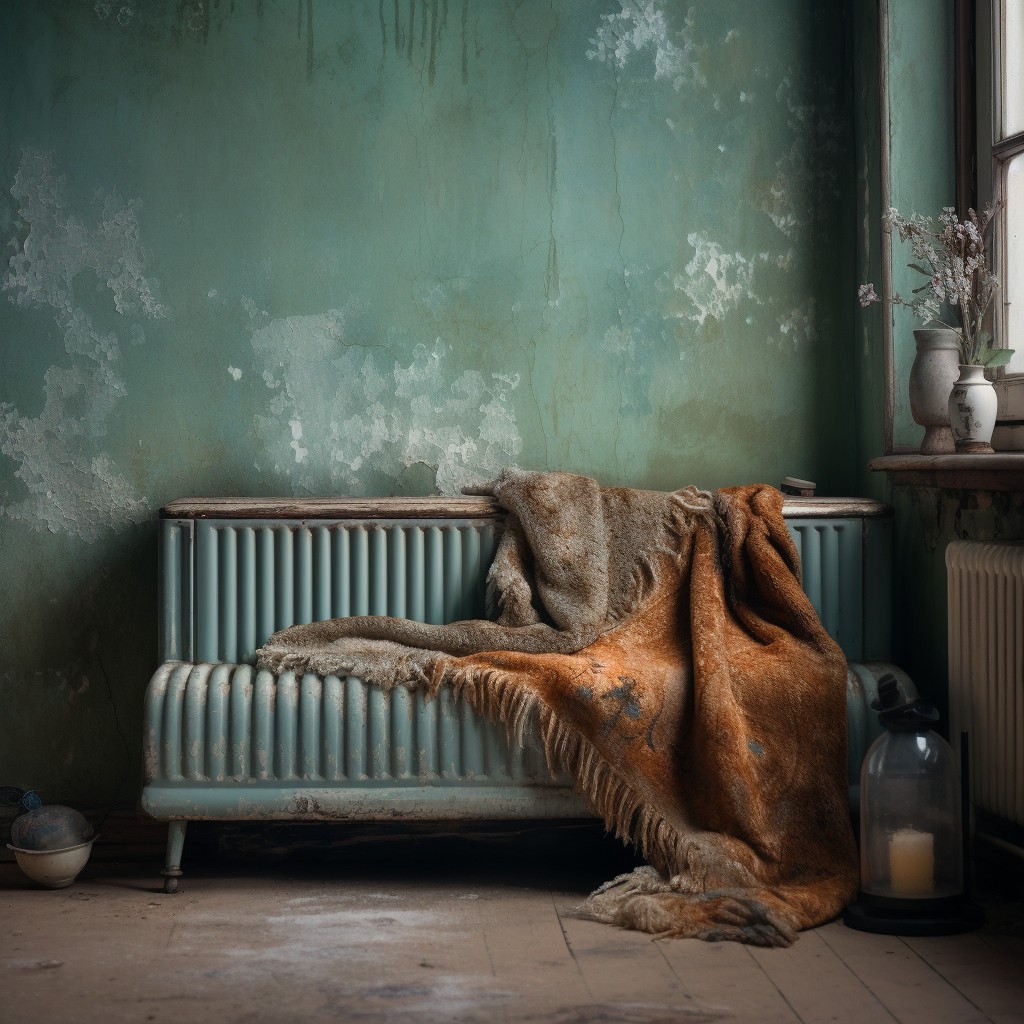
Some materials are more heat-resistant than others and can withstand the warmth from the radiator without damage or deformation.
Leather and vinyl are two popular options that can handle high temperatures without warping or melting. They also tend to be easier to clean, making them ideal for households with pets or children.
On the other hand, fabrics like cotton and linen may not fare as well when placed too close to a radiator. These materials have lower heat resistance levels which could lead them to shrinkage over time if exposed frequently enough.
If you’re unsure about how your couch will hold up against radiators’ heat output, consider consulting with an expert before making any decisions on placement.
Heat Impact On Furniture
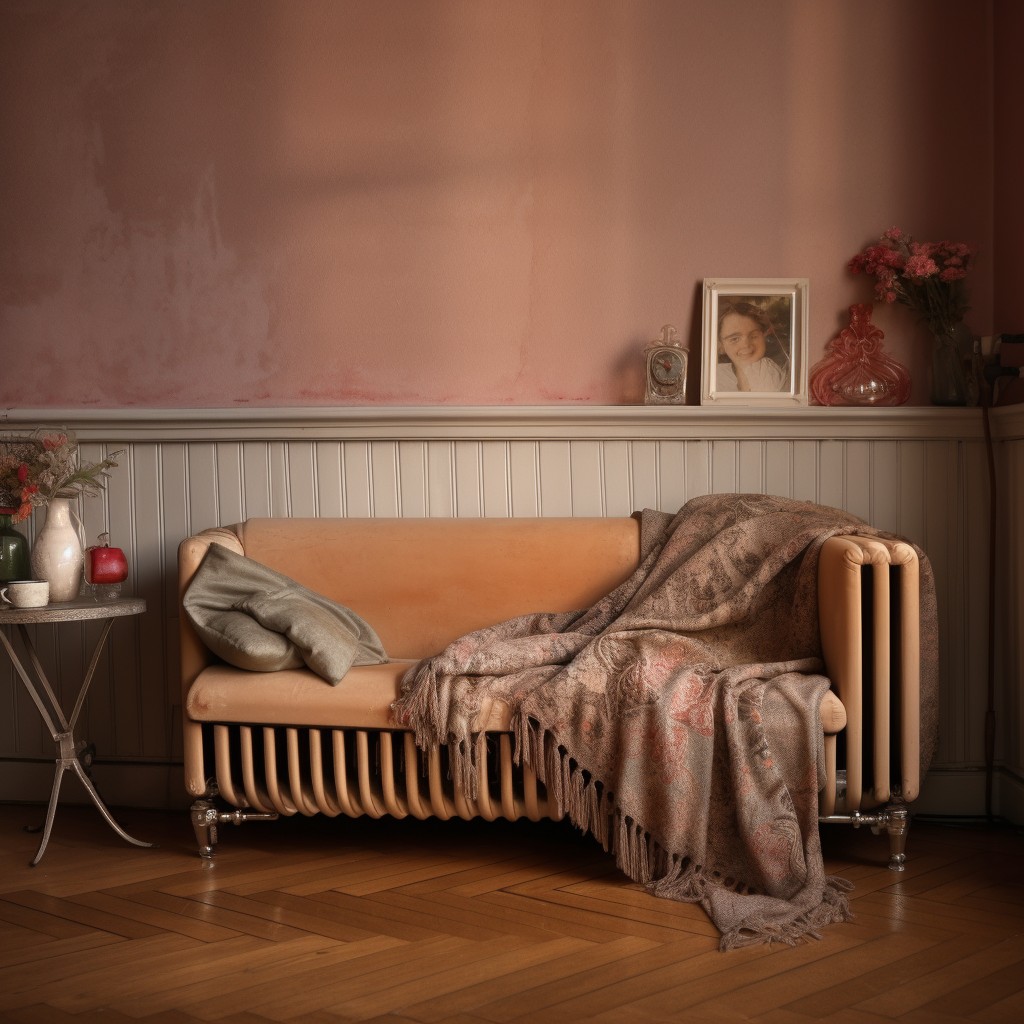
Heat exposure can cause materials to dry out, crack, or fade over time. Leather and vinyl are particularly susceptible to heat damage as they tend to dry out quickly when exposed to high temperatures.
However, not all types of furniture will be affected by heat in the same way. For example, metal-framed couches may become too hot for comfort if placed directly in front of a radiator but won’t suffer any long-term damage from the heat.
To minimize potential harm caused by radiators’ warmth, it is essential always to consider your choice of material when selecting new furniture pieces for your home. Opting for fabrics that are resistant or less prone than others such as wool blends or synthetic fibers could help prolong their life span while maintaining their appearance.
Radiator Efficiency & Output
Radiators work by circulating hot water or steam through pipes that radiate heat into the surrounding air. If you obstruct this process by placing furniture too close, you could reduce the overall effectiveness of your heating system.
To ensure maximum efficiency and output from your radiator, it’s essential to maintain proper airflow around it. This means leaving enough space between any furniture and the unit itself so that warm air can circulate freely throughout the room.
If you’re unsure about how much clearance is necessary for optimal performance, consult with an HVAC professional who can advise on specific requirements based on factors such as room size and insulation levels.
Potential Risks of Placing a Couch Near a Radiator
One of the main concerns is fire hazard. If your couch is too close to a hot radiator, it can easily catch fire or melt due to prolonged exposure.
Another risk associated with placing furniture near radiators is damage caused by heat. Over time, excessive heat can cause materials such as leather or fabric upholstery on your sofa to fade and crack.
If you have young children or pets at home who love playing around furniture, they could accidentally touch hot radiators while reaching for toys under the couches which could lead them into getting burnt.
Safety Precautions for Couches
While it may seem like an easy solution to save space and stay warm, there are some important precautions you need to take.
Firstly, make sure that the couch is at least 30 centimeters away from the radiator. This will ensure proper airflow and prevent any risk of fire or damage to your furniture.
Secondly, avoid using flammable materials such as synthetic fabrics or foam cushions on your couch if you plan on placing it near a radiator. These materials can easily catch fire when exposed to high temperatures for prolonged periods.
Lastly, never cover up the entire surface area of the radiator with anything including blankets or throws as this could cause overheating leading again potentially causing fires.
Ventilation & Room Temperature
Radiators work by heating the air around them and circulating it throughout the room. If you block this airflow with your couch, you may end up reducing the efficiency of your heating system.
To avoid this problem, make sure that there’s enough space between your radiator and furniture for proper ventilation. You can also use reflective materials like aluminum foil or heat-resistant panels behind radiators to help direct heat into the room instead of being absorbed by walls.
Another important consideration is maintaining an optimal temperature in your living space. While it might be tempting to place a cozy sofa right next to a warm radiator during cold winter months, doing so could lead to overheating and discomfort when temperatures rise again.
It’s essential always keep an eye on thermostat readings while using any kind of heater at home; if necessary adjust accordingly based on how much warmth you need from each source (radiator vs other heaters).
Blocking Radiator Airflow
If you block the airflow, it can reduce your radiator’s efficiency and increase your energy bills. When hot air from the radiator cannot circulate properly, it will create cold spots in other areas of your home.
To avoid blocking airflow, make sure that there is enough space between the backrest of your couch and the wall behind it. This will allow for proper circulation around and behind both pieces.
Another option is to use a perforated or mesh screen as an alternative to solid furniture backs that obstruct heat flow. These screens are designed specifically for this purpose and come in various sizes so you can find one that fits perfectly with your decor style.
Heat Distribution and Efficiency Concerns
Radiators work by heating up the air around them, which then rises and circulates throughout the room. If you place a couch directly in front of your radiator, it can block this airflow and prevent warm air from circulating properly.
This can lead to uneven heating throughout your space, with some areas feeling too hot while others remain chilly. In addition to being uncomfortable for you and your family members or guests, this can also be inefficient as it requires more energy for your system to maintain an even temperature.
To ensure that heat is distributed evenly throughout the room when placing furniture near radiators like sofas or chairs; make sure there’s enough space between them so that they don’t obstruct airflow entirely but still allow warmth into all corners without creating cold spots where people sit or stand nearby.
Alternatives to Couch Placement
One option is to place the couch perpendicular to the wall with the radiator, leaving enough space for air circulation and heat distribution. This way, you can still enjoy your cozy seating area without blocking any airflow.
Another alternative is to move the radiator altogether or install a new one in another location that doesn’t interfere with furniture placement. While this may require some additional work and investment upfront, it could be worth it in terms of long-term comfort and energy efficiency.
Alternatively, if you have limited space or prefer an open floor plan layout for your living room design scheme, consider using other types of seating arrangements such as armchairs or loveseats instead of a full-sized sofa. These options provide flexibility while also allowing more room around radiators for proper ventilation.
Strategies to Minimize Heat Loss
One effective way is by using reflective materials such as aluminum foil or heat-resistant insulation boards behind the radiator. This will reflect the heat back into the room instead of being absorbed by walls and furniture.
Another strategy is to use a radiator cover that directs warm air towards the center of your living space while preventing cold drafts from entering through windows or doors. You can also install thermal curtains or blinds on windows and doors for added insulation.
It’s essential not to block airflow around radiators with any objects, including couches, as this could reduce their efficiency significantly. Instead, try positioning your sofa at an angle so that it doesn’t obstruct hot air circulation but still provides comfortable seating.
Using Radiator Covers
Not only do they protect furniture from direct heat exposure, but they can also add to the aesthetic appeal of a room.
Radiator covers come in various materials such as wood or metal and can be customized to fit any size or shape of radiator. They are designed with ventilation grills that allow for proper airflow while still protecting against direct contact with hot surfaces.
When choosing a cover for your radiator, consider one that complements the style and color scheme of your living space. You may even opt for one that doubles as additional storage space by adding shelves on top.
However, it’s important to note that using a cover may reduce the efficiency of your heating system by blocking some airflow around the unit. Be sure to choose one made from materials like perforated metal or slatted wood which allows air circulation without compromising safety measures.
Interior Design Solutions
For instance, you can use decorative radiator covers that blend in with your decor while still allowing heat to circulate freely. These covers come in various styles and materials such as wood or metal and can be customized to fit any size or shape.
Another option is rearranging furniture around the radiator instead of placing it directly in front. You could try positioning chairs at an angle towards the source of heat so that they don’t block airflow but still provide a comfortable seating arrangement.
Alternatively, if space allows for it, consider moving your couch away from the wall entirely and creating a cozy seating area around the fireplace instead. This way, you’ll have more flexibility when arranging furniture without sacrificing warmth during colder months.
Ultimately, finding an interior design solution that works for both form and function will depend on factors like room layout and personal preferences.
Optimizing Space Around Radiators
One option is to choose furniture that is specifically designed for small spaces. For example, instead of a large sectional sofa, consider a loveseat or armchair that can be easily moved around as needed.
Another way to optimize space is by using multi-functional furniture pieces such as storage ottomans or coffee tables with built-in storage compartments. These types of pieces not only provide additional seating but also offer extra storage for blankets and other items.
If you have limited floor space in your living room, consider mounting shelves on the walls above your radiator. This will allow you to display decorative items while keeping them out of harm’s way from the heat source below.
If all else fails and you simply cannot find enough space in your living room for both a couch and radiator without sacrificing comfort or efficiency – don’t worry! There are plenty of alternative heating options available such as electric fireplaces or portable heaters that can be used in conjunction with traditional radiators when necessary.
Balancing Comfort, Aesthetics, and Functionality
What happens when these three elements clash? In the case of placing a couch in front of a radiator, finding the right balance between comfort, aesthetics and functionality is crucial.
While it’s important to consider safety precautions and efficiency concerns when deciding where to place your furniture around radiators, you also don’t want your living room layout or design aesthetic compromised. Fortunately, there are ways you can achieve all three goals without sacrificing one for another.
One way is by choosing a couch that complements your interior design style while also being practical for its intended use. For example, if you have limited space but still need ample seating options for guests or family members during movie nights or game days; opt for modular sofas that can be arranged in different configurations depending on the occasion.
Another option is using decorative radiator covers that not only add an extra layer of protection but also enhance the overall look of your room. You could even incorporate them into custom-built bookshelves or storage units as part of an integrated solution.
Furniture Materials and Heat Resistance
Some materials are more heat-resistant than others and can withstand the high temperatures radiated by a heating unit without getting damaged or posing any safety risks.
Leather and synthetic fabrics like polyester, nylon, and acrylic are generally considered safe options for couches placed in front of radiators. These materials have good heat resistance properties that allow them to maintain their shape and color even when exposed to high temperatures.
On the other hand, natural fibers like cotton or wool may not be as resistant to heat as synthetic ones. They can shrink or fade over time if they’re constantly exposed to hot air from a radiator.
It’s also worth noting that some types of wood used in furniture making may warp or crack due to changes in temperature caused by proximity with a heater. If you’re considering placing wooden pieces near your radiator, make sure they’re made from durable hardwoods such as oak or maple that can handle fluctuations in temperature without damage.
Ultimately, choosing furniture with appropriate materials is crucial for ensuring both comfort and safety when dealing with home heating systems.
Alternative Radiator Locations and Configurations
One option is to move the radiator altogether. This may require professional help, but it can be worth it if you want more flexibility in furniture placement.
Another option is to install a vertical or horizontal radiator that takes up less space on the wall. These radiators come in various sizes and styles, so they can fit into any room design.
You could also consider using underfloor heating instead of traditional radiators. Underfloor heating provides an even distribution of heat throughout the room without taking up any wall space at all.
If none of these options work for you or are too expensive, try rearranging your furniture layout so that your couch isn’t directly blocking the heat source from reaching other parts of the room. You could place chairs or smaller tables near windows where cold air enters instead.
Effective Room Layouts and Design Ideas
One of the most important is how you arrange your furniture around a radiator. While placing a couch in front of a radiator may seem like the only option, there are other effective room layouts and design ideas that can help you maximize space and comfort.
One popular layout is to place two smaller chairs on either side of the radiator with a small table in between them. This creates an inviting seating area while still allowing for efficient heat distribution throughout the room.
Another option is to position your couch perpendicular or at an angle from the wall where your radiator sits. This not only allows for better airflow but also creates visual interest in your space.
If you have limited floor space, consider using vertical storage solutions such as bookshelves or floating shelves above radiators instead of bulky furniture pieces that block heat flow.
Ultimately, finding an effective layout will depend on various factors such as room size and shape, personal style preferences, and heating needs.
FAQ
How close can couch be to radiator?
The couch should be placed 6 to 12 inches (15-30cm) away from the radiator to ensure proper heat distribution and prevent furniture damage.
Can furniture block a radiator?
Yes, furniture such as a sofa or chest of drawers can block a radiator when placed directly against it, hindering the heat from entering the room effectively.
Can I put leather sofa in front of radiator?
It is not recommended to place a leather sofa in front of a radiator, as prolonged exposure to heat and sunlight can cause drying, fading, and damage to the leather.
What precautions should I take when placing a couch near a radiator?
Ensure there is adequate space between the couch and radiator to avoid fire risks and damage to the couch.
How does placing a couch in front of a radiator affect heat distribution in a room?
Placing a couch in front of a radiator can obstruct the heat distribution in a room, making it less efficient.
Are certain couch materials safer to use near radiators than others?
Yes, certain couch materials, such as leather and natural fabrics like cotton or wool, are safer to use near radiators due to their heat resistance and lower flammability.
